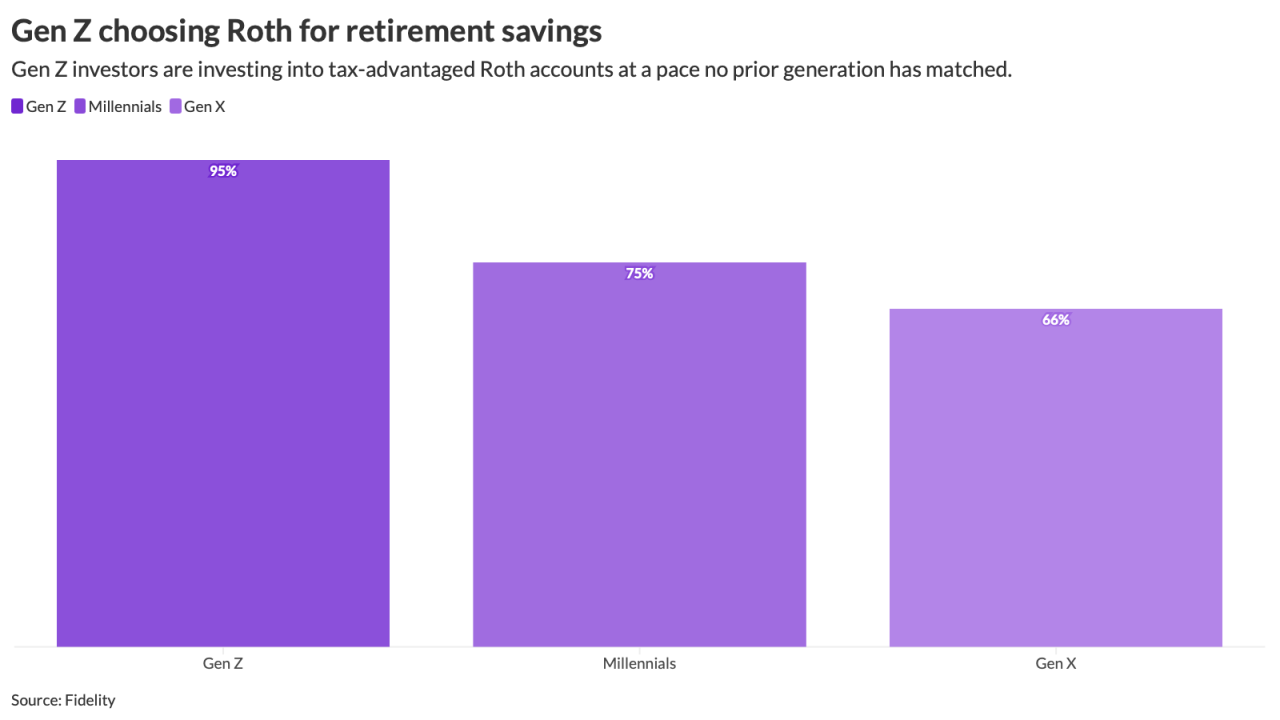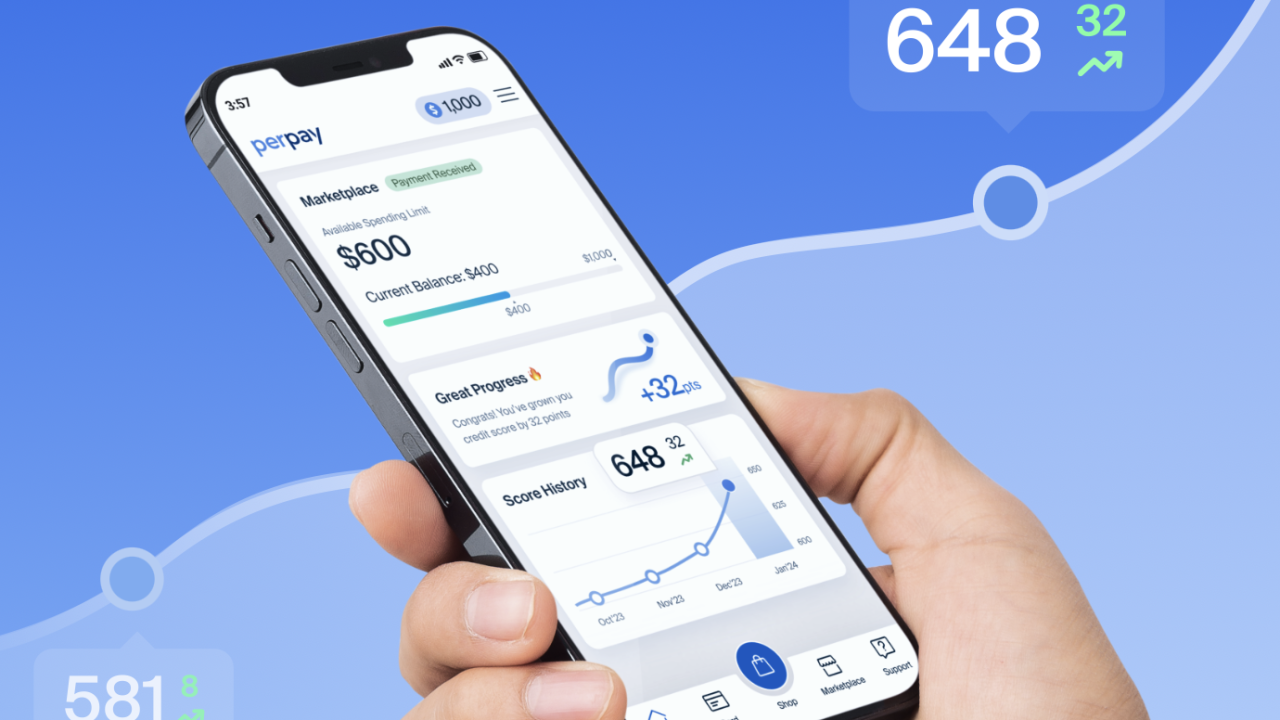Apart from
In the ideal situation, when a health plan member has an accident, the
Unfortunately, this scenario isn't common. To understand why, let's step back and understand how the accident claims process goes awry.
Read more:
Why the post accident claims process is frustrating
After an accident, a plan member receives a form in the mail asking them to explain what happened. These forms, a.k.a. "subrogation questionnaires," are used by the health plan to determine whether the member or someone else is financially responsible for covering the costs of treatment.
From a member perspective, this snail mail approach is antiquated. Also, members assume the health plan should be able to figure out what happened without bothering them. Paperwork is the last thing they want to deal with when they are recuperating. This explains why 85% of those forms are never returned; they're often tossed in the trash with junk mail.
Now, from the perspective of the plan administrator, not having those forms promptly returned creates a ripple effect of inefficiency and frustration while also delaying claims processing.
So, plan administrators continue to reach out to the member to complete the questionnaire. If and when they do receive the form, it is often not completed fully and/or accurately, which sets off another round of outreach and agitation. Meanwhile, the clock is ticking for the plan to process the paperwork to maximize financial recovery on the claim.
This is because there is a finite amount of dollars available for recovery. If a plan administrator waits too long to validate that another party is at least partially responsible for a claim, funds dry up and leave the health plan holding the bag for the member's medical expenses.
Read more:
Understanding subrogation's role
For health plans to recover the money that is owed to them, they go through subrogation. The money comes from an alternate insurance policy or another liable party that is responsible for covering part or all the costs of a member's accident.
The two most common subrogation cases are employees involved in motor vehicle accidents and worker's compensation claims.
Subrogation can help a health plan recover hundreds of thousands or even millions of dollars each year, depending on how many members they cover. This leads to financially prudent health plans and better member experiences.
Three ways to create good member experiences after an accident
The key challenge for health plans and administrators is securing reimbursements for accident-related medical claims while maintaining good member experiences.
Read more:
Here are three ways plan administrators can achieve this.
- Prioritize no member contact: It is possible to access external data sources, legal records, and accident reports to tell a comprehensive story about what happened and who is responsible for payment without dragging members into the information gathering and claim verification process.
- Instill transparency throughout the process: The plan administrator should have visibility throughout the subrogation claims recovery process to provide accurate updates to members.
- Reduce delays when seeking reimbursement: Without automation, the subrogation process can be lengthy, and delays caused by waiting for member information is risky. Speed is critical for health plans when seeking reimbursement from an alternative insurance policy, as funds can be depleted when too much time passes. To avoid delays, plan administrators should tap other data sources that can automatically fill information gaps in real-time without requiring members to return forms. This helps maximize recovery to quickly identify and ensure responsible parties pay.
A modern health plan sits at the intersection of delivering good member experiences and solid cost containment. Going a level deeper, the plan administrator sits between the member and the health plan, ensuring both sides get what they need. From a member experience perspective, especially after an accident, the health plan should play an invisible yet proactive role in making sure the claims process is seamless, comprehensive and easy.






